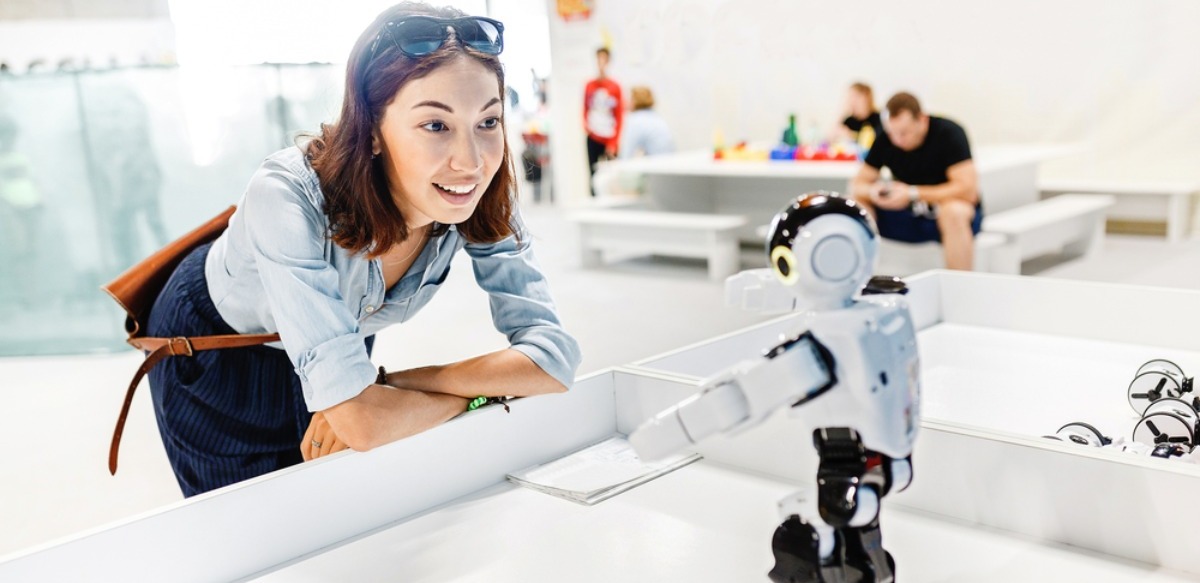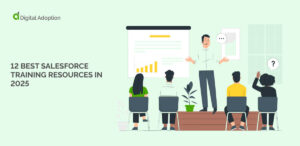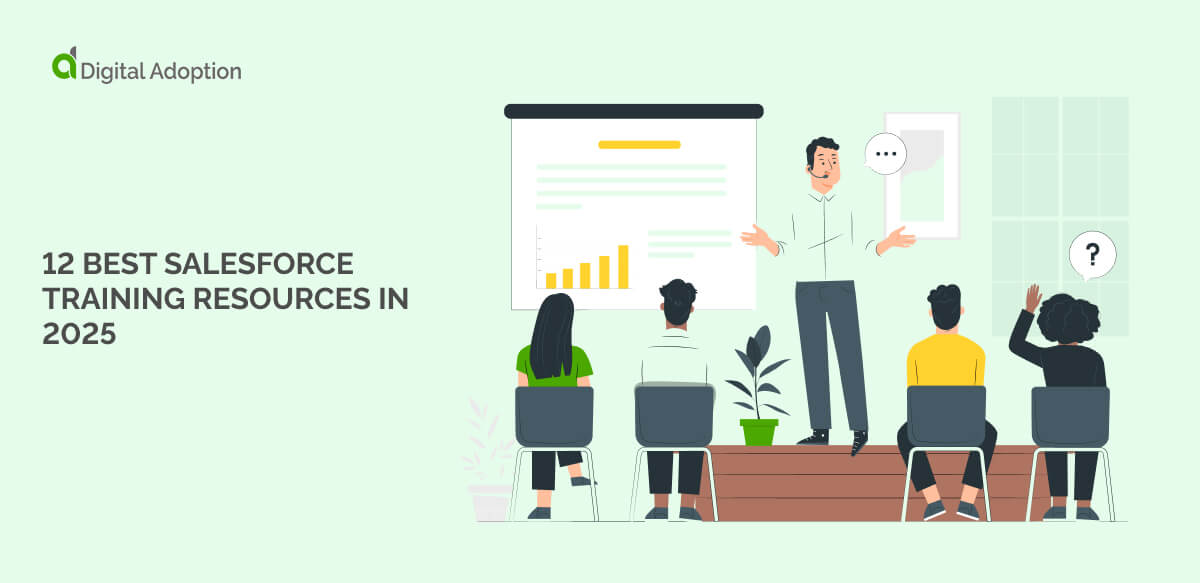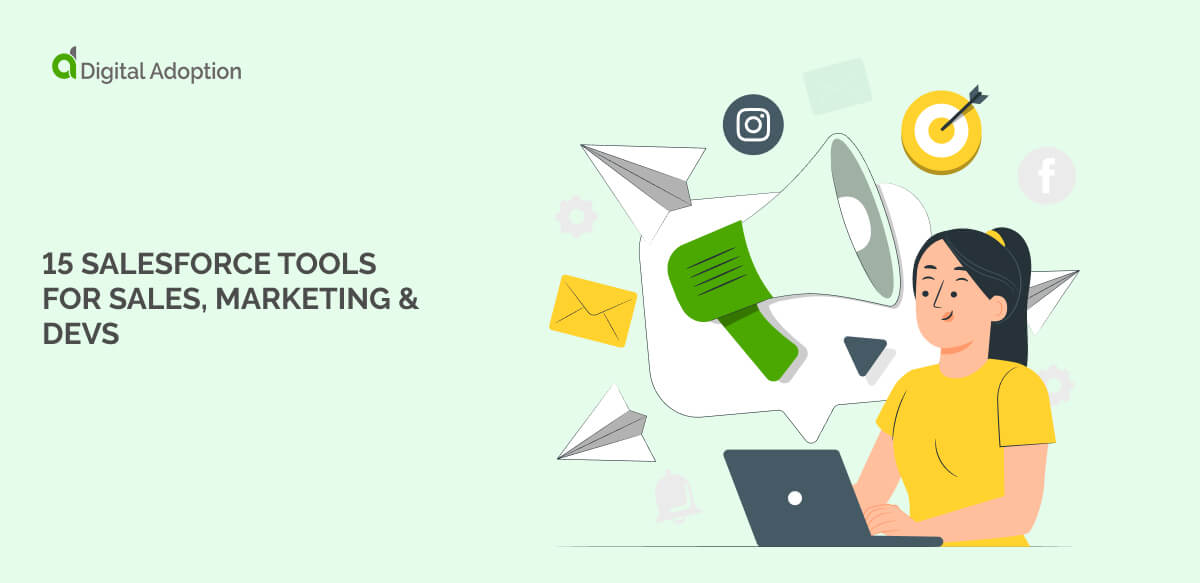In this article, we will learn how AI and the future of work are related and how companies should prepare for tomorrow’s digital economy.
Since the future is unwritten and uncertain, many business leaders find it difficult to prepare for that uncertain economy.
However, there are many current trends that accurately indicate how tomorrow’s business landscape will evolve.
AI and the Future of Work: Top Trends Driving Change
There are a couple of important areas to pay attention to when examining the intersection between AI and the future of work:
Automation
One of the biggest effects of artificial intelligence comes in the form of automation.
As machine learning becomes more powerful, it will become more and more pivotal to the modern workplace.
Certain cognitive tasks, for instance, can be performed better by machines than by humans.
One example is in radiology: machine learning algorithms can more accurately identify tumors than human radiologists.
Radiology, however, is just the beginning.
Artificial intelligence and automation will ultimately reach out to affect millions – if not billions – of jobs around the world.
The Digitizing Workplace
Automation and artificial intelligence will ultimately reshape the workplace itself.
Many experts and industry leaders have argued, for instance, that we need to plan for a new workplace where humans and machines work in partnership.
In the same way that robots have become integral to manufacturing, for instance, algorithms and machine learning may become integral to the digital enterprise.
This represents a fundamental shift in the way we work, which is why some have labeled the current trends a new “industrial revolution.”
Today, we cannot know for certain how deeply artificial intelligence will penetrate and automate the current workplace, but one thing is certain – tomorrow’s workplace will look substantially different from the one we know today.
How AI Is Impacting the Workforce
The workforce and the workplace will both change significantly as a result of artificial intelligence, digital transformation, and automation.
Here are a few key trends to watch for in the years ahead:
Job Displacement
According to PwC, AI, robotics, and other forms of automation will displace up to 3% of jobs by the early 2020s and 30% by the mid-2030s.
Many researchers concur that the jobs at the greatest risk are low-skilled jobs.
In an enterprise setting, these types of categories include roles such as:
- Administrative roles and office support staff
- Accountants
- Paralegals
The displacement of these types of job roles will result in a number of changes to the workplace.
Workforce compositions will change, corporate cultures may change, and, most importantly, the digital skills gap will widen.
The Digital Skills Gap
Today, many experts recognize that the skills gap is widening fast.
Employees, that is, often lack the key skills that are demanded by many employers. Since today’s workplace is digital, this generally means that employees lack the digital skills that their employers demand.
That gap poses several problems for organizations:
- Employees without the proper skills have more difficulty supporting organizational change initiatives, digital transformation projects, or even meeting performance targets
- When employees lack critical job skills, organizations find it harder to innovate and grow
- A workforce without the right digital skills can ultimately affect organizational performance and its bottom-line profits
For reasons such as these, many companies have recognized the importance of closing this digital skills gap.
Workplace Training
As AI, automation, and other technologies continue to fuel digital transformation, workers must learn new skills to keep up.
Digital adoption and workplace training have therefore become the norm in many workplaces – that is, organizations have developed employee training programs to keep their workers digitally literate and savvy.
These programs offer several benefits to both organizations and their workers:
- In-house training improves employee productivity, performance, job satisfaction, and engagement
- Organizations can stay innovative and effective
- Training helps to reduce the negative impacts of the digital skills deficit, discussed above
However, it is important to keep in mind that not all training is created equal.
When developing in-house training solutions, business leaders should attempt to economize as much as possible, both in terms of time and money.
For instance, using modern training tools, such as digital adoption platforms (DAPs), can dramatically improve learning curves, software ROI, and more.
Conclusion: Prepare Early for the Automated Future
AI opens up countless new possibilities, both in the workplace and in our daily lives.
The application of AI to the workplace will bring about massive productivity gains, new forms of value, increases in efficiency, and much more.
Ultimately, AI promises to reshape the digital workplace – especially if humans can learn to work in partnership with machines.
This means that organizations must begin preparing now for AI’s impact on the future of work.
Closing the digital skills gap and preparing workers for the post-AI world, for instance, will become more and more important in order to ensure smooth progress forward.







![18 Examples of AI in Finance [2025]](https://www.digital-adoption.com/wp-content/uploads/2025/06/18-Examples-of-AI-in-Finance-2025-300x146.jpg)
![14 Examples of AI in Manufacturing [2025]](https://www.digital-adoption.com/wp-content/uploads/2025/06/14-Examples-of-AI-in-Manufacturing-2025-300x146.jpg)




